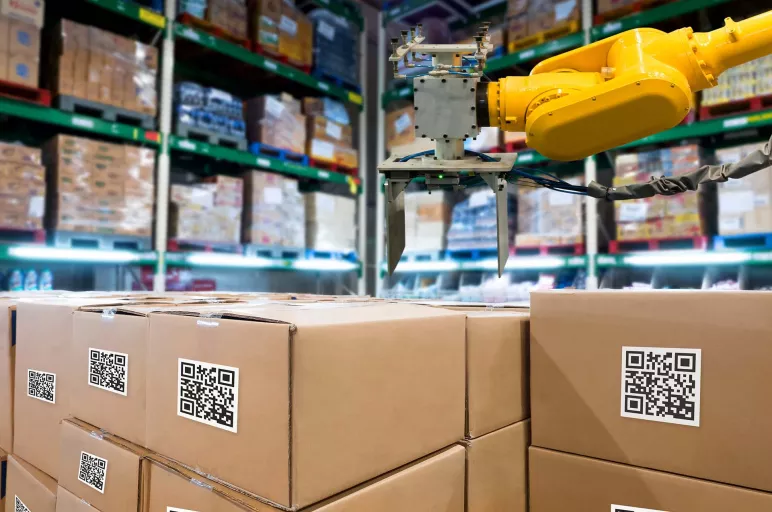
Automation and Cloud Based Software Are Transforming Inventory and Warehouse Management
- COVID-19 chaos is accelerating inventory management’s move to the cloud
- Cloud-native, AI-based software allows for real-time decision-making
- Reduced costs and customer satisfaction are the true objectives
February 12, 2021 | Supply Chain Software
Inventory management solutions are critical elements of a business’s infrastructure, whether that business is a convenience store or a multinational corporation.
Good inventory control means keeping track of goods throughout their lifecycle and ensuring that products are maintained at optimum levels. This helps to avoid stockouts and minimize bullwhip effects resulting from the inefficient transmission of demand signals through the supply chain.
However, lack of visibility into inventory is still an all-too-common problem.
Without a clear idea of what’s where in their system, enterprises cannot respond effectively to disruptions. Legacy ERP systems don’t provide real-time visibility into all the moving parts of the supply chain.
Luckily, automation and cloud-based inventory management are making integrated ERP possible, connecting multiple locations, including suppliers and 3PL warehouses, in real time and getting them to speak the same language with regards to data.
Impact of Cloud Based Computing on Inventory and Warehouse Management Systems
The market for cloud services is on track to grow to over $300 billion in 2021.
The COVID-19 pandemic has only accelerated the trend of moving data to the cloud, given the changes that the pandemic effected on supply chains.
For instance, remote access has become essential as many companies shifted to a work-from-home model. The current focus on supply chain resilience makes it a great time to update antiquated inventory and warehouse management systems.
What does cloud computing bring to the table?
By enabling access to inventory data on demand, in real time, it allows for more accurate decisions and easier coordination with suppliers and partners.
Through the advent of cloud computing, especially cloud-native software platforms, supply chain managers can more easily track inventory and take action to address supply/demand imbalances.
In the wake of the pandemic, the just-in-time model of inventory management may become less important than prioritizing business continuity and resilience. But that resilience invariably increases complexity and makes an artificial intelligence-driven solution that can collect, cleanse and make sense of all the supply chain data even more important.
Automating inventory and warehouse management tools
An inventory management software needs to be able to automate routine tasks in order to speed up processes and create efficiency.
Automating inventory management also enables supply chain managers to focus on higher-priority action items, like partnering with customers and 3PL warehouse providers more effectively.
In addition, by sensing demand more accurately in the short term, AI-driven inventory management systems allow teams to perform supply chain planning with greater accuracy and respond to demand spikes more effectively.
Automation of routine processes, along with access to data stored in the cloud, enables businesses to manage inventory in real time. Beyond just tracking products on the warehouse shelves, inventory management software can help to reduce latency and mitigate disruptions.
Benefits of the best inventory management software – reduced costs and customer satisfaction
The real benefits of next-gen inventory and warehouse management software are reduced operating costs through greater efficiency and maximized customer satisfaction by providing what they want when they want it.
As cloud-based systems advance and inventory processes grow more automated, those benefits will more and more accrue to the businesses that successfully integrate AI and machine learning capabilities into their ERP systems.



